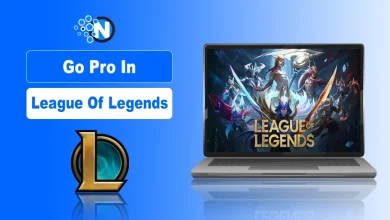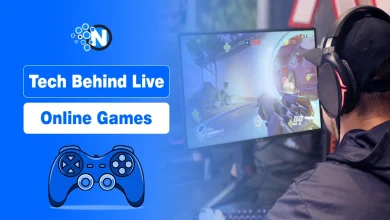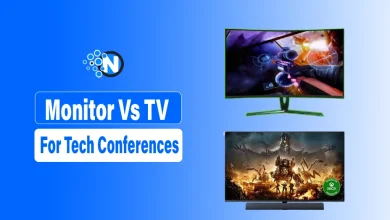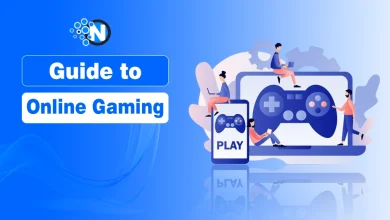Cross-Platform Play: Connecting Games Between Android, PC, and Web
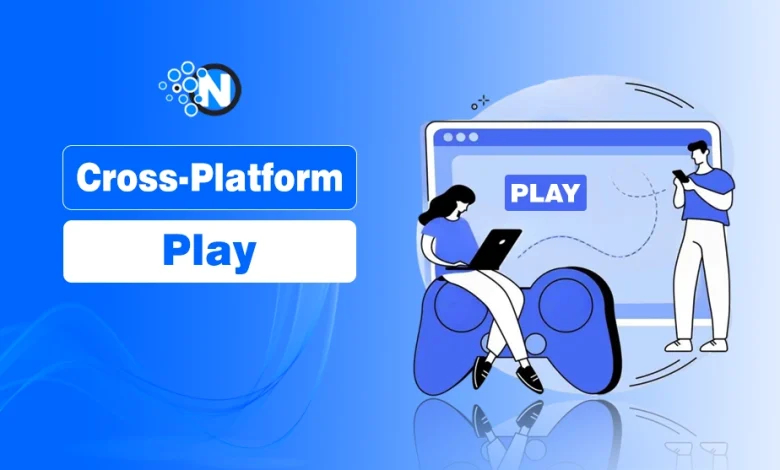
Gaming is no longer monolithic, showing up on a single screen or console. With digital lives becoming increasingly dynamic, gamers now want their experiences to carry over seamlessly from one device to the next. Whether beginning a game on an Android smartphone on a commute or picking up where they left off on the same session on a PC at home, the need for seamless carryover has redefined the way games are developed, tested, and played.
Cross-play has emerged as one of the most important advancements in gaming. It unites players on different devices and platforms, enabling persistent progress, synced features, and real-time interaction no matter where or on what they play. Not only does this enhance convenience, but it also removes the hurdles that kept people from more extensive involvement with games.
In this blog post, I will explain how cross-platform systems work, the technology and the techniques used by developers to bypass compatibility issues, and help both creators and players to get the best out of this evolving landscape.
Let’s start!
Cross-Platform Gaming Architecture
The shift to cross-platform systems didn’t happen overnight. It has been driven by a mix of rising player expectations and improved technology under the hood. Not too long ago, games were locked to specific platforms. Mobile versions felt watered down, desktop editions were richer, and browser-based games were often little more than placeholders.
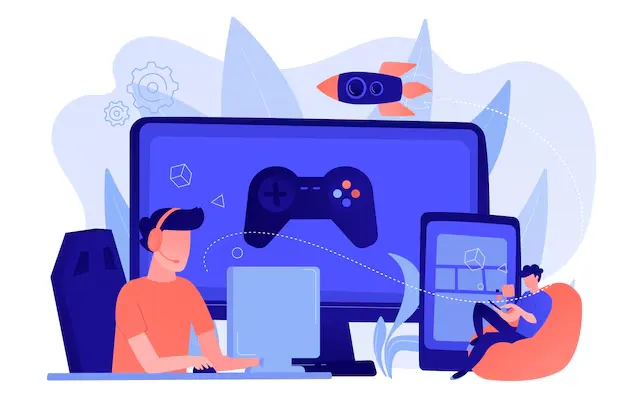
Legacy Barriers to Integration
In earlier gaming models, each platform was an island unto itself. The developers had to author distinct variants for Android, Windows, and browsers, with little code or feature sharing. The games generally had:
- Incompatible save and data formats
- Platform-specific matchmaking caps
- Split update cycles and bug fixes
These limitations resulted in disjointed player experiences. Jumping between platforms typically involved starting over, using multiple profiles, or losing features. For the user, this typically meant frustration, wasted time, and reduced engagement.
The Role of Platform-Agnostic Frameworks
Game development has evolved far, and the tools used today are doing much of the heavy lifting. According to the Unity 2023 Gaming Report, developers are increasingly benefiting from unified pipelines and streamlined operations when building for multiple platforms. Engines like Unity, Unreal Engine, and WebGL now allow creators to build a single version of a game and distribute it across phones, desktops, consoles, and even web browsers. This can all be done without needing separate builds for each.
What makes them so great is how much they remove from the developer’s plate:
- They’re flexible to work with any kind of input, whether that’s a touchscreen, mouse, or game controller
- They resize graphics to appear well on anything from small phones up to large monitors
- They enable the same basic game mechanics and graphics to run well on any device
WebGL, specifically, has done a lot to revolutionize browser gaming. What were once simplistic drag-and-drop puzzle games are now fully realized interactive experiences that mirror the quality of native apps. They exist completely within the browser, which makes them more accessible and convenient for players on any device.
Practical Applications in Real-World Games
Players today enjoy an increasing number of games that effectively utilize cross-platform capabilities. Whether it’s in big-budget multi-player blockbusters or simple mobile-compatible experiences, cross-platform support reduces barriers to access and promotes greater participation.
Multi-Device Synchronization in Action
Some widely popular games today are examples of how user participation is enhanced through cross-platform play. Some prominent examples include:
- Genshin Impact: Users can access expansive worlds and synchronize their characters, gear, and quest progress between mobile and desktop devices.
- Minecraft: The Bedrock Edition provides seamless world-building between Android, Windows, Xbox, and others, with real-time co-op collaboration.
- Fortnite: Accounts are completely transferable, and players can seamlessly switch between devices without sacrificing inventory, stats, or event progress.
Smaller but very popular games are also successfully leveraging synchronization:
- Among Us: Both PC and mobile players can play together in the same session with fully integrated features and communication.
- 8 Ball Pool: Enables web and app users to share an account and still keep their progress no matter where they are playing.
Lightweight Gaming Without Compromise
You no longer need high-end hardware or big downloads to enjoy a smooth gaming experience. Many browser-based platforms now feel just as polished and responsive as mobile apps. They load quickly, run efficiently, and avoid putting extra strain on your device.
Some platforms, like Crown Coins, even let you jump into gameplay without installing anything or setting up an account. You can move between devices and continue playing without interruption. This kind of accessibility is made possible by modern front-end frameworks and secure session-based storage that keeps your progress in the cloud.
Technical Considerations Behind Device Compatibility
Building games that work smoothly across different devices takes more than just good design. Developers need to focus on performance, responsiveness, and usability on every possible screen and setup a player might use.
Input Handling and Adaptive Interfaces
Every category of device has its own control paradigm. To maintain an intuitive experience, developers must design for multiple types of input. Typical difficulties are:
- Gesture translation: Translating tap gestures into keyboard inputs
- Layout scaling: Resizing button layouts for small phones and large screens
- Menu clarity: Designing menus to be easy to read on touchscreens and desktops
- Performance tuning: Optimizing frame rates to run smoothly on low-end and high-end hardware
To solve these problems, game developers design adaptive layouts that adjust to screen size and orientation. A mobile site may have bigger buttons and reduced menus. On a desktop, the interface can provide more information and accommodate keyboard shortcuts without becoming cluttered.
Cloud-Saved States and Real-Time Syncing
Cloud architecture is necessary for facilitating cross-platform gaming. By storing user profiles, game progress, and rewards within the cloud rather than on a single device, developers avoid the need for manual syncing or storing files locally. Not only does this make gameplay easier, but players can also pick up where they left off from whichever device they last used.
Popular backend systems include:
- Firebase: Provides real-time databases, user authentication, and cloud storage to maintain game state in synchronization across all devices.
- AWS GameLift: Offers server hosting for multiplayer games on a scaleable basis, including matchmaking, session management, and real-time analytics.
- PlayFab: Enables player data storage, inventory management, and live operations with features for real-time synchronization and user engagement tracking.
These backends provide the support that enables developers to deliver seamless gaming experiences. Players are able to switch between devices seamlessly, which enhances retention and reduces frustration from lost progress.
Operational and Monetization Impacts
Cross-platform gaming has altered more than the way games are played. It has also altered the way developers manage purchases, promotions, and rules per platform. Every environment, from mobile to desktop to browser, presents its own set of problems. The trick is ensuring the user experience remains smooth and consistent, regardless of what device a person has.
Platform-Specific Limitations and Workarounds
Each platform has its own set of monetization rules, data usage, and how developers are allowed to connect with third-party tools. This can make it a knotty situation for teams looking to release the same game across multiple systems. To deal with this, developers use some tried and trusted methods:
- Conditional features: Toggling on or off particular functions depending on the device being used
- Unified login workflows: Building login infrastructure that operates identically on all platforms
- Flexible interfaces: Crafting layouts that adapt to the technical requirements of every device
- Handling purchases: Establishing payment infrastructures that comply with both app store and web policies
These solutions ensure that the game experience is consistent and equitable despite the rules governing it being different from platform to platform.
Synchronizing Game Economies and Purchases
Players want to feel that their progress is being carried over, regardless of where they play. That is currency balances, unlocked features, and rewards earned. Maintaining it consistently creates trust and prevents frustration.
To get it to work, games must synchronize player data in real time and monitor transactions securely and in a platform-aware manner. Events and rewards must also display properly on devices. When everything remains in sync, players feel secure and are more likely to remain engaged.
Summing Up
Cross-play is more than just a technical achievement. It’s changing the way people experience games. By giving players the freedom to choose where and how they play, it encourages flexibility, fairness, and connection. This design philosophy breaks down the old walls between devices and creates a more seamless and enjoyable experience for everyone.
Developers who embrace cross-platform tools are not just keeping up with modern expectations. They’re building games that are easier to access, easier to scale, and more welcoming to a wider audience. With the rise of cloud-based services, engine-agnostic development, and adaptive design, the path toward universal gaming is no longer theoretical. It’s already taking shape.

